If you’ve been meaning to learn the Asian flags, we’ve got you covered. Skip to our Asia flag quiz or download our flashcards.
There are 50 countries in Asia. These countries are: Afghanistan, Armenia, Azerbaijan, Bahrain, Bangladesh, Bhutan, Brunei, Cambodia, China, Cyprus, Egypt, Georgia, India, Indonesia, Iran, Iraq, Israel, Japan, Jordan, Kazakhstan, Kuwait, Kyrgyzstan, Laos, Lebanon, Malaysia, Maldives, Mongolia, Myanmar, Nepal, North Korea (Korea, Democratic People’s Republic of), Oman, Pakistan, Palestine, Philippines, Qatar, Russia, Saudi Arabia, Singapore, South Korea (Republic of Korea), Sri Lanka, Syria, Tajikistan, Thailand, Timor-Leste, Türkiye (Turkey), Turkmenistan, United Arab Emirates, Uzbekistan, Vietnam, Yemen.

The Asian flags
Curious about the colors, symbols, and designs that represent Asia’s diverse nations? Here are the 50 country flags of Asia.
When you are finished learning, be sure to take our Asian flag quiz to see how many you get correct!
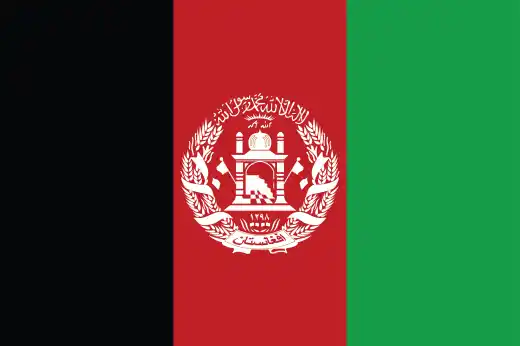
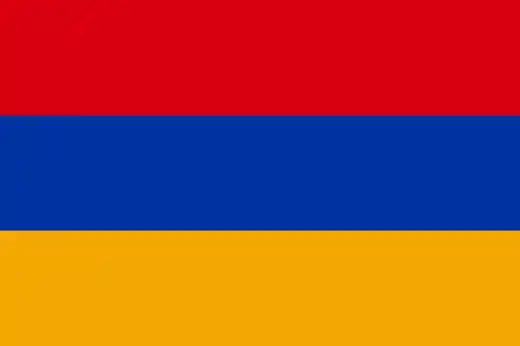







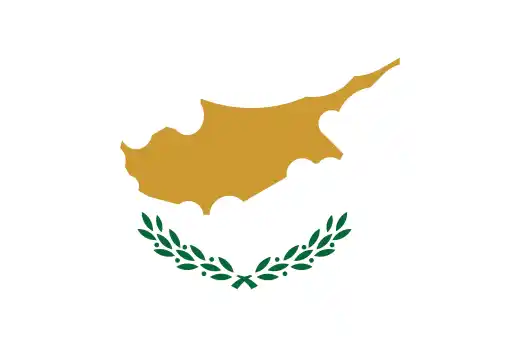
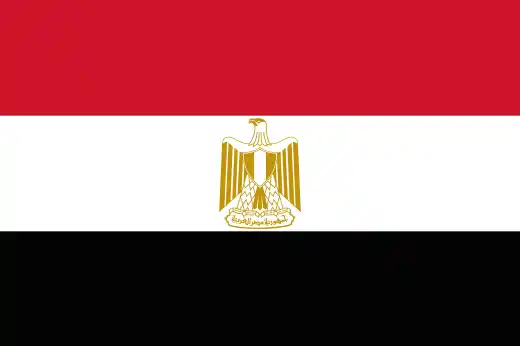




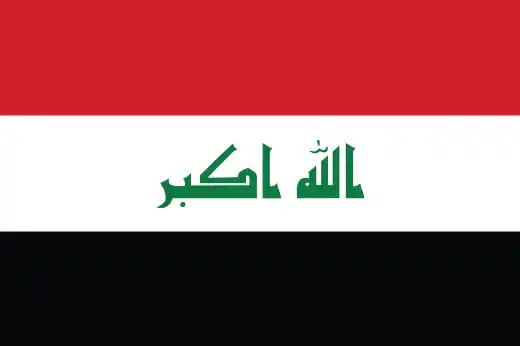

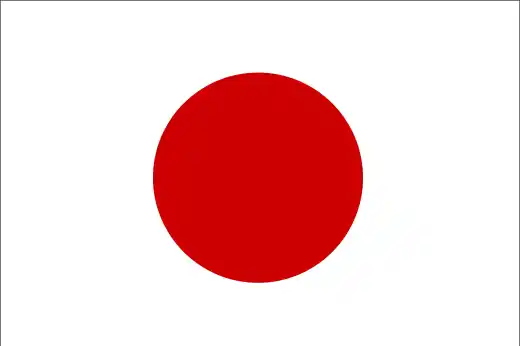

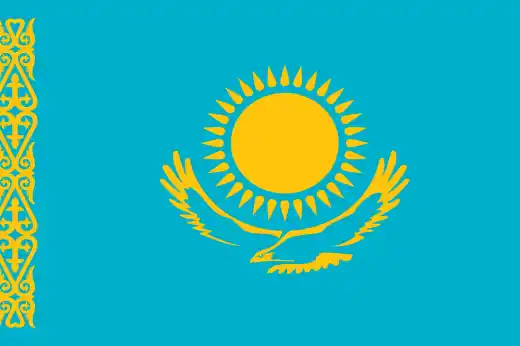



















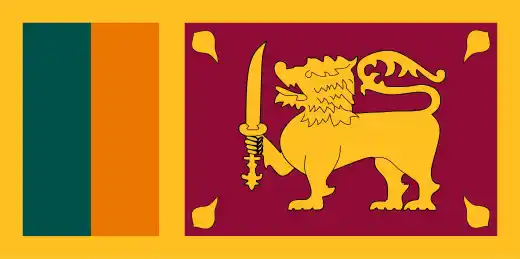

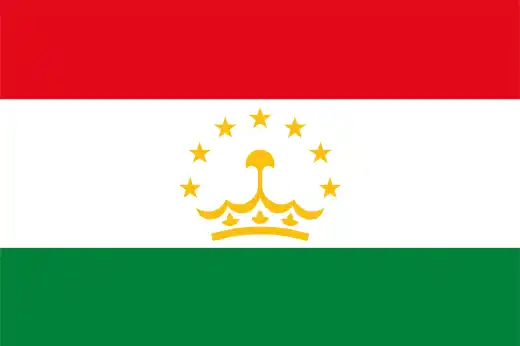

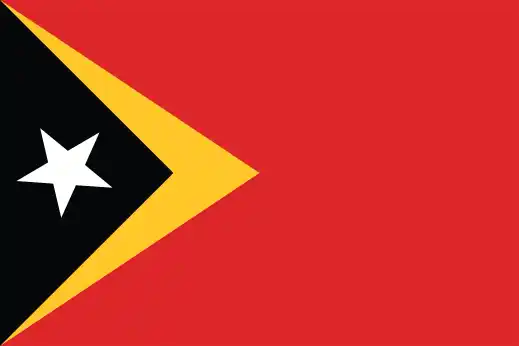
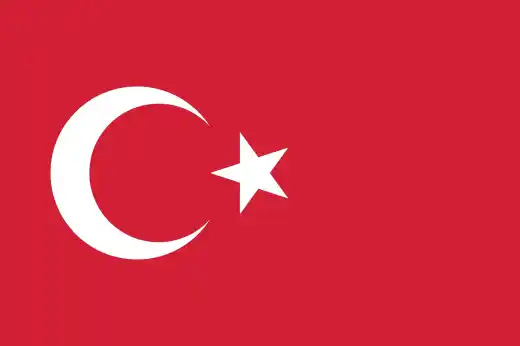


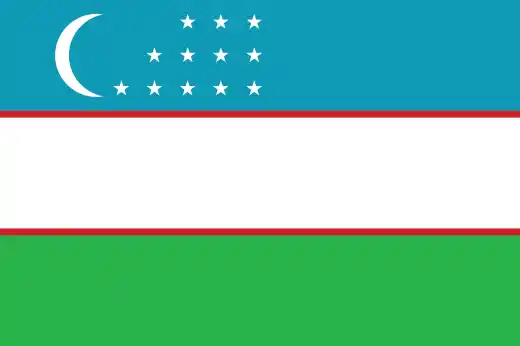

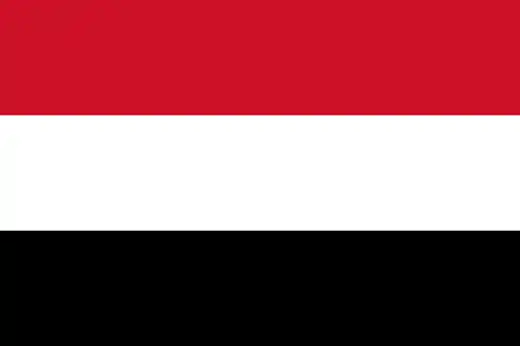
See next: Country flag names worldwide.
Countries in more than one continent
Azerbaijan, Georgia, Kazakhstan, Russia and Türkiye (Turkey) are geographically located in the European and Asian continents.





Egypt is geographically located in the African and Asian continents, but more significantly in Africa.

Outliers
Depending on the source, some may claim there are 51 Asian countries, as Taiwan seeks international recognition as an independent nation.

The ASEAN flag
The Association of Southeast Asian Nations, or ASEAN, aims to promote unity, growth, and prosperity across Southeast Asia by fostering cooperation among Asian nations. There are 10 member states: Brunei, Cambodia, Indonesia, Laos, Malaysia, Myanmar, Philippines, Singapore, Thailand and Vietnam.

Tips for learning the Asian flags
Asia’s flags are some of the most distinctive in the world. With 50 nations stretching from the Middle East to the Pacific, you’ll see everything from minimalist designs to flags filled with detailed symbols.
Here are some ways to approach them:
1. Memorize Symbols and Unique Patterns
Many Asian flags incorporate unique symbols tied to each country’s identity, which makes them easier to remember:
- Japan: A single red circle, denoting its nickname “Land of the Rising Sun.”
- South Korea: The Taegeuk symbol (yin-yang) in the center, with trigrams in each corner that represent natural elements.
- Bhutan: A dragon holding jewels on a yellow and orange flag, symbolizing power and wealth.
- Nepal: A uniquely shaped flag with two triangles, symbolizing the Himalayas and their two major religions, Hinduism and Buddhism.
2. Use Mnemonics
Associating flags with memorable characteristics or elements linked to each country can help with recall:
- Japan (Red Circle): Think of a rising sun over Mt. Fuji.
- Vietnam (Red with Yellow Star): Red symbolizes bloodshed for independence, while the star represents unity among workers, farmers, soldiers, and youth.
- Malaysia (Stripes and Crescent): Picture the stripes representing unity among Malaysia’s states, with the crescent symbolizing Islam.
3. Learn by Grouping Regions
Breaking down flags by region can help you organize them in your mind. For example:
- East Asia: includes China, Japan, Macau, Mongolia, North Korea, South Korea, and Taiwan.
- Southeast Asia: Brunei, Cambodia, Timor-Leste, Indonesia, Laos, Malaysia, Myanmar, the Philippines, Singapore, Thailand and Vietnam.
- South Asia: Afghanistan, Bangladesh, Bhutan, India, Pakistan, Nepal, and Sri Lanka.
6. Visualize Flags with Landmarks or Cultural Hints
Associating flags with national landmarks or cultural aspects can create mental links:
- India: Picture the tuk-tuks or scooters to remember the Ashoka Chakra wheel.
- Sri Lanka: Imagine a golden lion holding a sword, which appears on the flag, symbolizing the Sinhalese ethnicity and strength.
- Thailand: Think of elephants and the “land of smiles” when picturing the red, white, and blue striped flag.
5. Utilize Online Quizzes and Flashcards
Reinforce your knowledge with online quizzes and flashcards. Focus on differentiating key elements, like the number of stripes or specific icons.
You can also download our blank Asia map and challenge yourself to place the correct flags on each country. Turning it into a game makes learning more interactive.
Don’t forget to try our YouTube quiz for a timed challenge!
Once you’ve learned the Asian flags, why not keep going? Test yourself with the European flags or African flags next, or circle back to North American flags. Each continent has its own unique stories and traditions reflected in its designs.
Caitriona Maria is an education writer and owner of The Facts Institute. A teacher for seven years, she has been committed to providing students with the best learning opportunities possible, both domestically and abroad. Dedicated to unlocking students' potential, Caitriona has taught English in several countries and continues to explore new cultures through her travels.